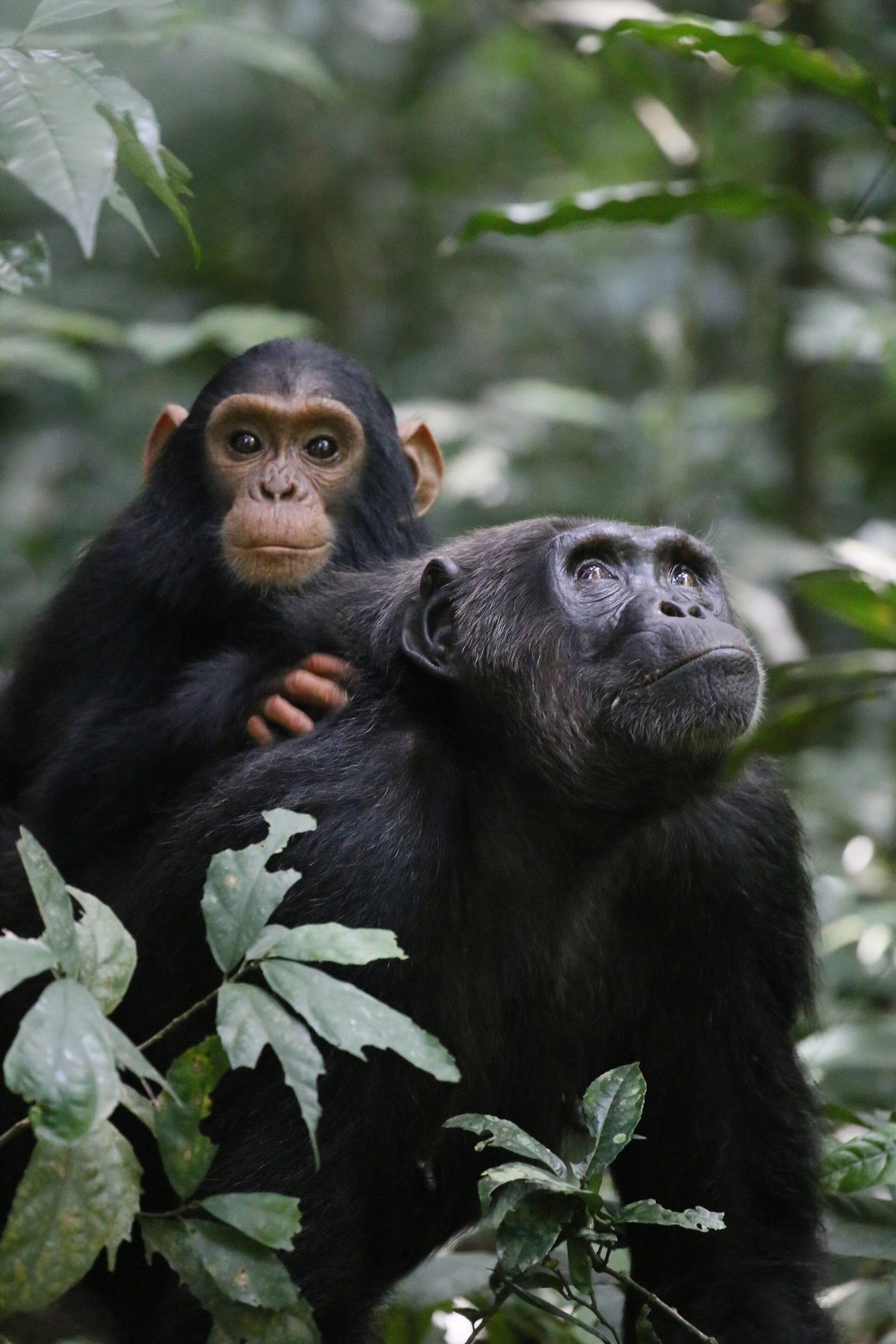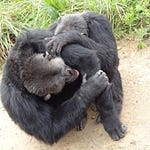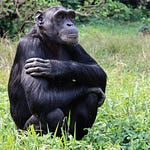When the Forest Turns Hostile
For most visitors to Kibale National Park, the forest seems peaceful. Sunlight filters through the canopy, redtail monkeys chatter overhead, and the calls of chimpanzees echo across valleys. But anyone familiar with the Ngogo community, one of the largest and most intensively studied chimpanzee groups on Earth, knows that peace is often an illusion.
The Ngogo chimpanzees, monitored for more than thirty years, have built a reputation for coordinated violence against their neighbors. Their patrols, silent and deliberate, trace the borders of their territory like sentinels. Occasionally, these patrols culminate in sudden, lethal attacks. To observers, it can feel uncomfortably close to human conflict.

Researchers have long suspected that such aggression carries evolutionary benefits, but empirical evidence has been sparse. That gap has just narrowed. In a new study published in PNAS,1 Brian Wood and colleagues document a clear connection between lethal intergroup aggression, territorial expansion, and enhanced reproductive success in Pan troglodytes.
It is an unsettling link, both scientifically and morally, yet one that offers insights into the evolutionary pressures once faced by ancient populations of Homo sapiens.
“Aggression among chimpanzees is not random chaos,” says Dr. Meyra Santos, a behavioral ecologist at the Max Planck Institute for Evolutionary Anthropology. “It follows strategic patterns that can reshape landscapes and, in doing so, reshape the demographics of entire communities.”
Listen to this episode with a 7-day free trial
Subscribe to Primatology.net to listen to this post and get 7 days of free access to the full post archives.








